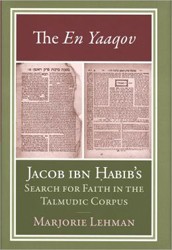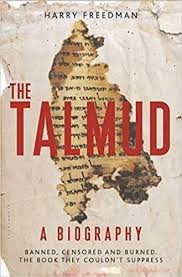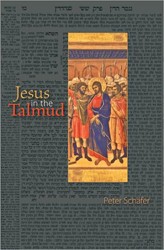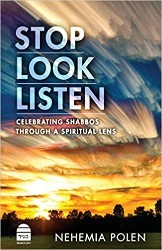In Jews, Gentiles, and Other Animals, Mira Beth Wasserman, a professor of rabbinic literature at the Reconstructionist Rabbinical College, offers a close, contemporary reading of ‘Avoda Zara, the Talmud’s tractate that explores how the Jewish community should operate within the larger, non-Jewish community. Historically, this tractate has sparked intense controversy with the Christian Church, which understood the tractate’s negative representation of non-Jews as directed against them; this assumption often served as a basis for the Church’s censorship and persecution of Jewish communities throughout the premodern age. However, Wasserman explores how the tractate might be best understood not as an extended polemic against cross-cultural interaction, but rather as part of a broader Jewish concern with how all of humanity is interconnected.
The structure of Wasserman’s book parallels that of ‘Avoda Zara. Like the ancient text, it is divided into five chapters. In chapter one, Wasserman utilizes the work of literary critic Mikhail Bakhtin to examine ‘Avoda Zara’s first chapter, a rabbinic consideration of the differences between Jews and non-Jews, shared through a clarification of the laws that regulate financial exchanges between these communities. At the same time, Wasserman suggests that the narrative portions of this chapter “point to material embodiment, sex, death, ritual, and aspirations for life beyond the grave as salient aspects of human experience that all people share in common,” thereby undermining the chapter’s prohibitions against these interreligious business transactions.
Wasserman’s third chapter addresses the issue of yeyn nesekh, libation wine, which is also the subject of the third chapter of the ‘Avoda Zara. Here the Talmud addresses how to deal with wine that has been owned or handled by non-Jews, and has consequently been declared unfit for Jewish use. However, Wasserman again subverts this straightforward reading and identifies a rabbinic unease with justifying a clear-cut division between these communities, as the editors of the Talmud “identify the laws governing the use of Gentile wine as a rabbinic innovation, instituted for the sake of imposing difference when none would otherwise exist.”
The focus of the ‘Avoda Zara shifts from constructing boundaries between Jews and non-Jews to delineations between rabbis and other Jews in its fifth chapter. Similarly, chapter five of Jews, Gentiles, and Other Animals deconstructs the Talmud’s values hierarchy, placing Torah scholarship at the height of rabbinic importance, over the distinction between Jews and non-Jews. Wasserman highlights this through a close reading of a narrative section about King Shapur, “a non-Jew…valorized for his embrace of Torah, even as a Jew is disparaged.” Fittingly, this final chapter is titled “The Last Laugh,” which serves as both a subtitle to the King Shapur narrative itself, and a recognition that the Talmud overturns its previous arguments to denigrate non-Jews when the non-Jew in question is a student of Jewish life.
Jews, Gentiles, and Other Animals is a challenging read that requires more than a basic understanding of rabbinic literature. A sensitivity to the nuanced language of the Talmud, a comfort with general literary theory, and the ability to closely read Jewish texts is critical to understanding Wasserman’s analysis. Still, the author does an excellent job of making a complex subject accessible to a reader dedicated to exploring this fascinating, and at times controversial, seminal text of Jewish thought.





